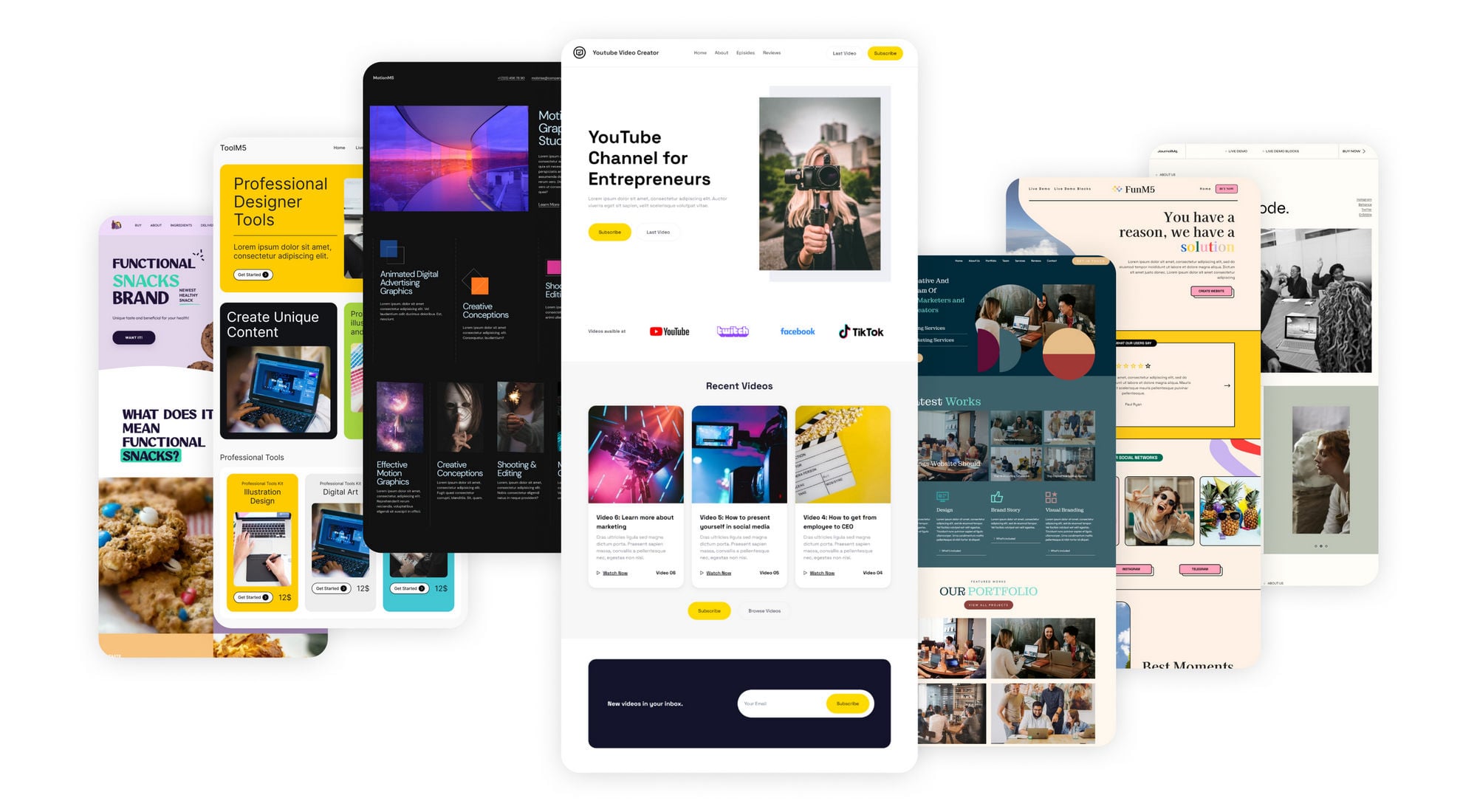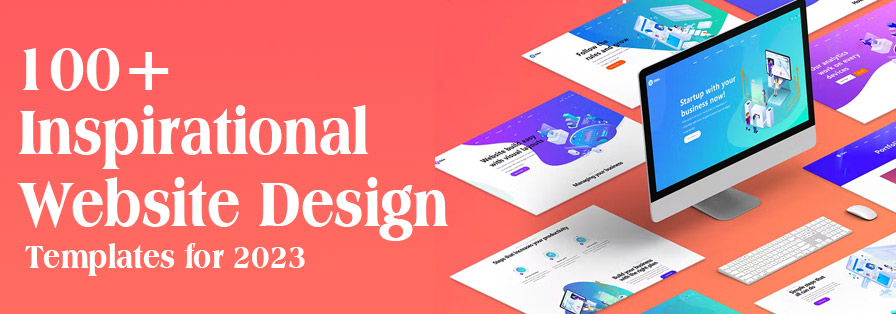Understanding the Role of Typography in Website Design Quality
Wiki Article

Crafting a User-Friendly Experience: Crucial Elements of Efficient Site Layout
Vital aspects such as a clear navigating framework, receptive style concepts, and quickly filling times offer as the structure for engaging individuals effectively. Understanding the underlying aspects that contribute to reliable design can lose light on just how to improve user satisfaction and engagement.Clear Navigation Framework
A clear navigation structure is fundamental to effective site layout, as it straight influences customer experience and involvement. Customers ought to have the ability to locate info effortlessly, as instinctive navigation decreases aggravation and motivates expedition. A well-organized format enables site visitors to understand the connection between different web pages and material, causing longer site brows through and boosted communication.To attain clarity, designers ought to employ acquainted patterns, such as side or top navigating bars, dropdown menus, and breadcrumb routes. These components not only improve functionality yet likewise offer a sense of positioning within the website. In addition, keeping a regular navigating structure across all web pages is critical; this familiarity helps users expect where to discover desired details.
It is likewise necessary to limit the variety of food selection things to avoid frustrating users. Prioritizing one of the most crucial sections and employing clear labeling will certainly guide site visitors successfully. Additionally, incorporating search performance can additionally help users in locating specific material quickly (website design). In summary, a clear navigation framework is not just a design option; it is a calculated component that substantially influences the general success of a web site by promoting a effective and enjoyable customer experience.
Responsive Design Principles
Efficient website navigating sets the stage for a seamless customer experience, which ends up being much more critical in the context of responsive style concepts. Receptive style guarantees that web sites adjust fluidly to different display sizes and orientations, improving accessibility across devices. This adaptability is attained with versatile grid formats, scalable images, and media queries that allow CSS to readjust styles based upon the tool's features.Key principles of responsive style include liquid designs that make use of percents instead of repaired systems, making sure that elements resize proportionately. Furthermore, using breakpoints in CSS makes it possible for the style to transition smoothly between different device sizes, maximizing the design for each and every display kind. The use of responsive photos is also crucial; photos must automatically adapt to fit the screen without shedding quality or creating design shifts.
Additionally, touch-friendly interfaces are crucial for mobile users, with properly sized switches and user-friendly gestures improving customer interaction. By integrating these principles, developers can produce websites that not just look cosmetically pleasing however also offer useful and appealing experiences across all gadgets. Inevitably, efficient receptive design promotes individual fulfillment, decreases bounce prices, and urges much longer interaction with the material.
Fast Loading Times
While customers increasingly anticipate internet sites to fill rapidly, quickly packing times are not simply an issue of convenience; they are crucial for keeping site visitors and improving general individual experience. Research study indicates that users normally abandon internet sites that take longer than 3 secs to load. This abandonment can result in increased bounce prices and lowered conversions, eventually hurting a brand name's track record and income.Rapid packing times enhance customer involvement and contentment, as visitors are most likely to explore a website that reacts quickly to their communications. In addition, search engines like Google focus on speed in their ranking formulas, suggesting that a published here slow web site may struggle to attain presence in search outcomes.

Intuitive Interface
Fast loading times lay the groundwork for an engaging online experience, but they are only part of the formula. An intuitive individual interface (UI) is vital to make sure site visitors can navigate an internet site easily. A properly designed UI allows individuals to attain their objectives with very little cognitive tons, cultivating a seamless interaction with the site.
Key components of an user-friendly UI consist of regular design, clear navigating, and recognizable symbols. Consistency in style elements-- such as shade systems, typography, and switch designs-- aids individuals comprehend how to engage with the site. Clear navigation structures, including sensible menus and breadcrumb routes, enable users to locate info swiftly, lowering stress and improving retention.
Additionally, responses mechanisms, such as hover impacts and packing indicators, educate users concerning their activities and the website's feedback. This openness cultivates count on and urges continued involvement. Prioritizing mobile responsiveness ensures that users enjoy a natural experience throughout devices, catering to the varied ways audiences access web content.
Accessible Web Content Standards
%20%5B60%25%5D.jpg)
First, utilize uncomplicated and clear language, staying clear of jargon that might puzzle visitors. Emphasize appropriate heading frameworks, which not just help in navigation but also assist display readers in interpreting content hierarchies properly. Additionally, give alternate message for images to communicate their significance to customers who rely upon assistive technologies.
Contrast is an additional crucial element; guarantee that message sticks out against the history to boost readability. Moreover, make sure that video and audio web content consists of subtitles and transcripts, making multimedia available to those with hearing impairments.
Lastly, include key-board navigability right into your layout, allowing individuals that can not use a mouse to gain access to all site attributes (website design). By sticking to these obtainable web content standards, internet designers can develop inclusive experiences that accommodate the requirements of all users, eventually enhancing customer interaction and satisfaction
Verdict
To conclude, the assimilation of vital elements such as a clear navigation structure, responsive style principles, quickly filling times, an user-friendly user interface, and available web content guidelines is crucial for developing an user-friendly web site experience. These elements jointly boost usability and engagement, ensuring that users can easily browse and connect with the website. Prioritizing these layout elements not just improves overall complete satisfaction however additionally promotes inclusivity, accommodating diverse individual demands and choices in the electronic landscape.A clear navigating structure is essential to efficient website design, as it directly influences individual experience and involvement. view publisher site In recap, a clear navigation framework is not simply a style option; it is a strategic aspect that significantly influences the overall success of a website by fostering a efficient and delightful user experience.
Moreover, touch-friendly interfaces are important for mobile customers, with effectively sized switches and instinctive gestures improving individual communication.While customers significantly anticipate websites to pack swiftly, fast packing times are not just an issue of ease; they are necessary for maintaining visitors and boosting general individual experience. website design.In verdict, the assimilation of essential components such as a clear navigation structure, responsive layout concepts, quickly filling times, an instinctive customer interface, and available web content guidelines is essential for producing a straightforward web site experience
Report this wiki page